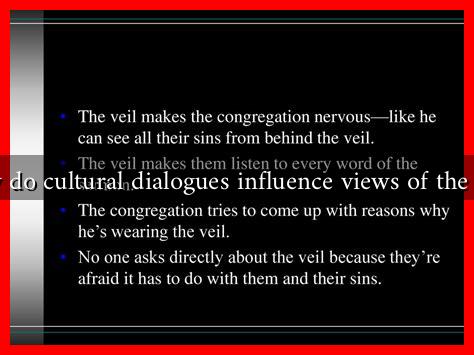-
Table of Contents
How Do Cultural Dialogues Influence Views of the Veil?
The veil, often associated with Muslim women, has become a focal point of cultural dialogue in contemporary society. This piece of clothing, which varies in style and significance across different cultures, has sparked debates about identity, freedom, and oppression. Understanding how cultural dialogues shape perceptions of the veil is crucial for fostering mutual respect and understanding in an increasingly globalized world.
The Veil: A Symbol of Identity
The veil serves as a multifaceted symbol, representing various aspects of identity, including religious beliefs, cultural heritage, and personal choice. In many Islamic cultures, the veil is seen as a manifestation of faith and modesty. However, the interpretation of the veil can differ significantly based on cultural context.
- Religious Significance: For many Muslim women, wearing the veil is a religious obligation rooted in Islamic teachings. The Quran emphasizes modesty, and the veil is often viewed as a means to fulfill this requirement.
- Cultural Heritage: In some cultures, the veil is intertwined with national identity. For instance, in countries like Iran and Saudi Arabia, the veil is a significant part of cultural expression.
- Personal Choice: Many women choose to wear the veil as an expression of their individuality and autonomy, challenging the notion that it is solely a symbol of oppression.
Western Perspectives: Stereotypes and Misunderstandings
In Western societies, the veil is often viewed through a lens of stereotypes and misconceptions. Media portrayals frequently depict the veil as a symbol of oppression, leading to a one-dimensional understanding of its significance.
- Media Representation: News outlets often focus on negative narratives surrounding the veil, such as forced veiling in certain countries, without providing a balanced view that includes the voices of women who choose to wear it.
- Political Discourse: The veil has become a political symbol in debates about immigration and integration. Politicians may use the veil to evoke fear or reinforce cultural divides, further complicating public perception.
- Social Media Influence: Platforms like Twitter and Instagram can amplify both positive and negative narratives about the veil, shaping public opinion in real-time.
Cultural Dialogues: Bridging the Gap
Cultural dialogues play a pivotal role in reshaping perceptions of the veil. Engaging in open conversations can help dismantle stereotypes and foster understanding. Here are some ways cultural dialogues can influence views:
- Education and Awareness: Initiatives that educate people about the diverse meanings of the veil can challenge misconceptions. Workshops, seminars, and community events can provide platforms for dialogue.
- Personal Narratives: Sharing personal stories from women who wear the veil can humanize the experience and provide insight into their motivations and choices.
- Interfaith Dialogues: Collaborative discussions between different religious and cultural groups can promote mutual respect and understanding, highlighting common values.
Case Studies: Successful Cultural Dialogues
Several initiatives around the world have successfully fostered cultural dialogues about the veil:
- The Veil Project: This initiative in the UK encourages women from diverse backgrounds to share their experiences with the veil, promoting understanding and empathy.
- Interfaith Events: Various organizations host interfaith dialogues that include discussions about the veil, allowing participants to explore its significance in different cultures.
- Art Exhibitions: Art installations that feature the veil can challenge stereotypes and invite viewers to engage with the subject in a nuanced way.
Conclusion: The Path Forward
In conclusion, cultural dialogues significantly influence views of the veil, shaping perceptions that can either reinforce stereotypes or promote understanding. By fostering open conversations, sharing personal narratives, and engaging in educational initiatives, society can move towards a more nuanced understanding of the veil. Recognizing the diversity of experiences and meanings associated with the veil is essential for building bridges between cultures and promoting respect for individual choices.
As we navigate an increasingly interconnected world, it is vital to approach discussions about the veil with sensitivity and an open mind. Only through dialogue can we hope to dismantle misconceptions and celebrate the rich tapestry of cultural identities that exist within our global community.
For further reading on this topic, you can explore resources from UN Women.




